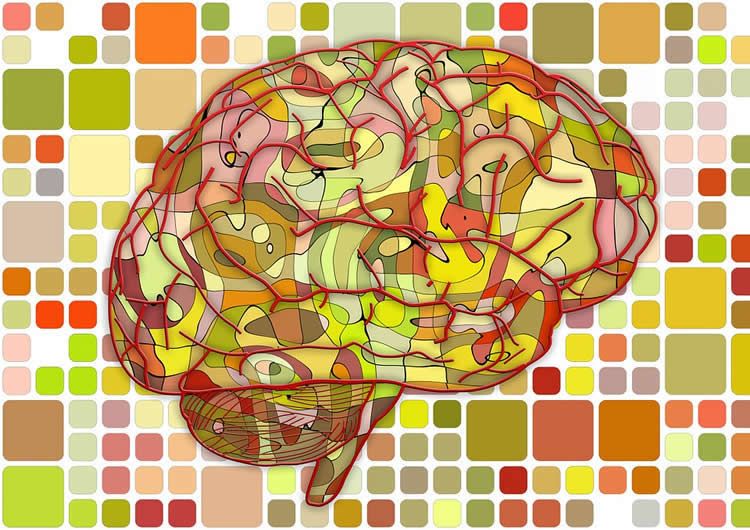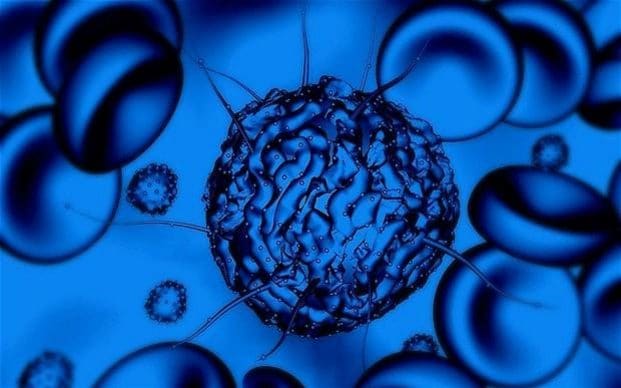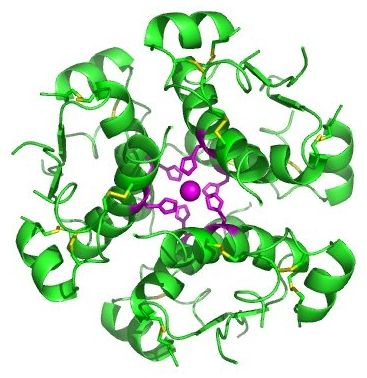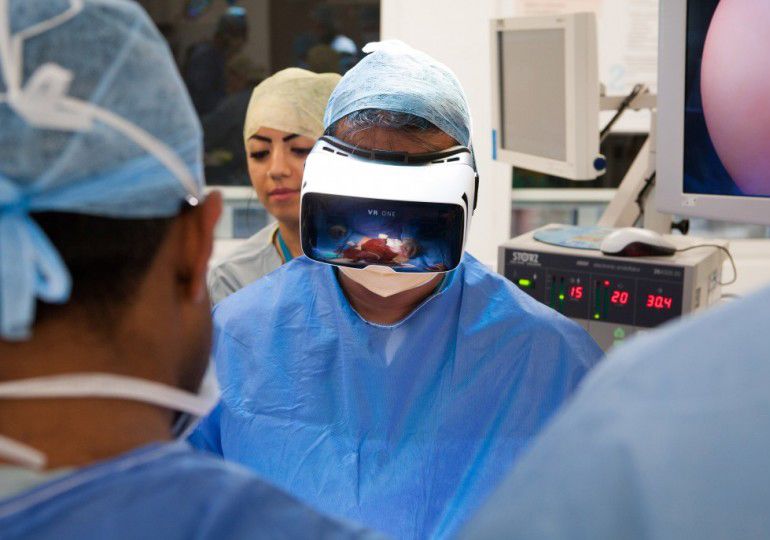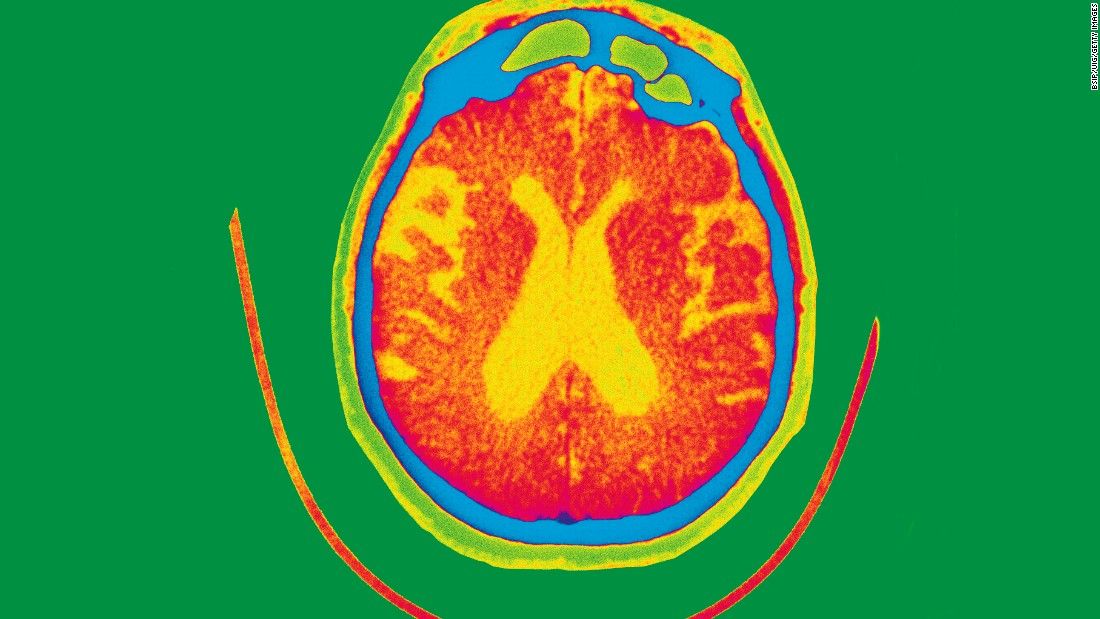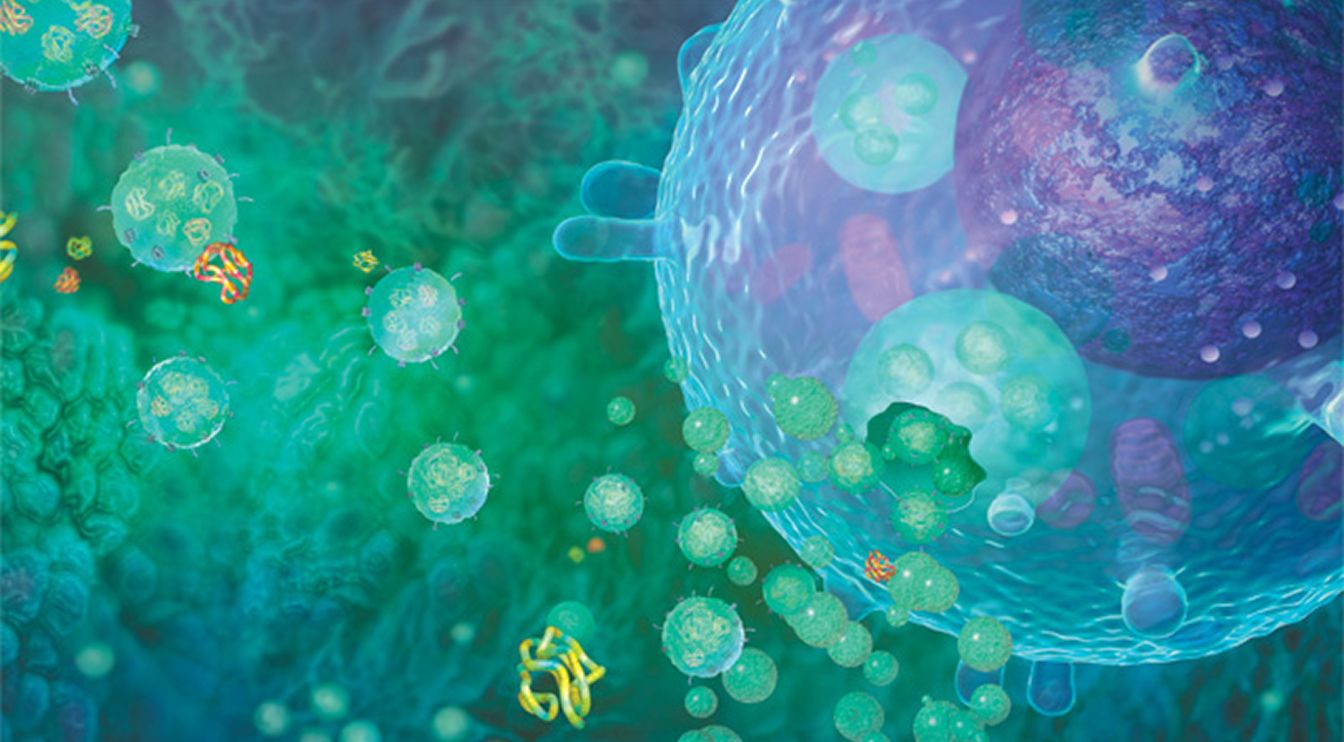Dec 26, 2016
New Mechanism of How Brain Networks Form Identified
Posted by Karen Hurst in categories: biotech/medical, genetics, neuroscience, robotics/AI
Excellent read on the brain’s inhibitory circuits v. excitatory circuits when involving the processing of smells.
Summary: Inhibitory neurons form neural networks that become broader as they mature, a new study reports.
Source: Baylor College of Medicine.
Continue reading “New Mechanism of How Brain Networks Form Identified” »
